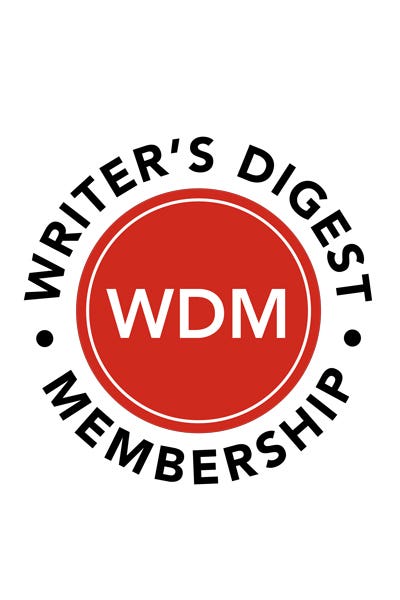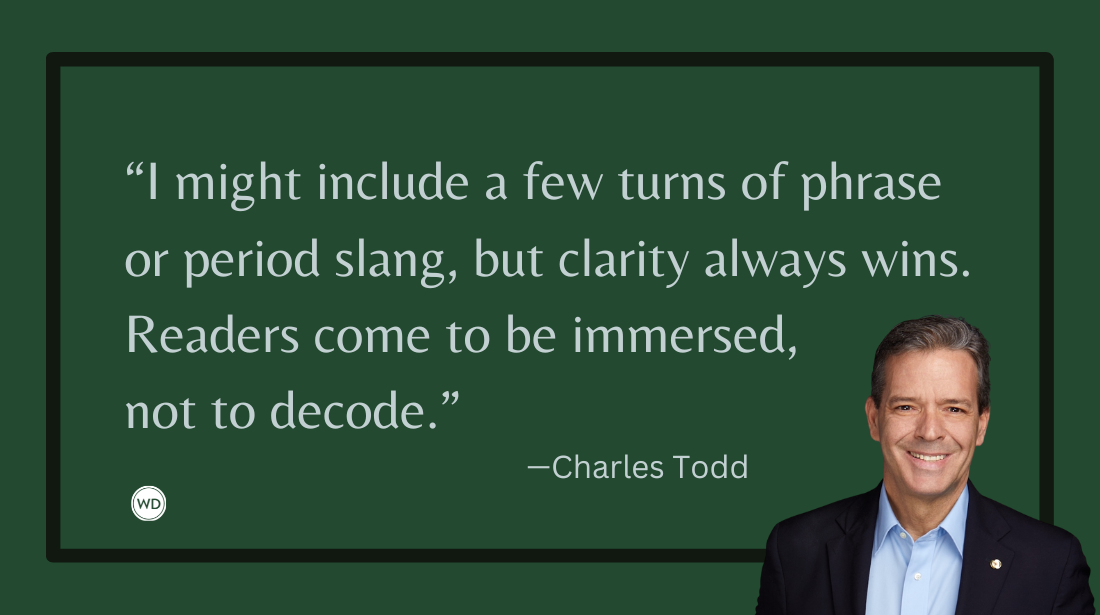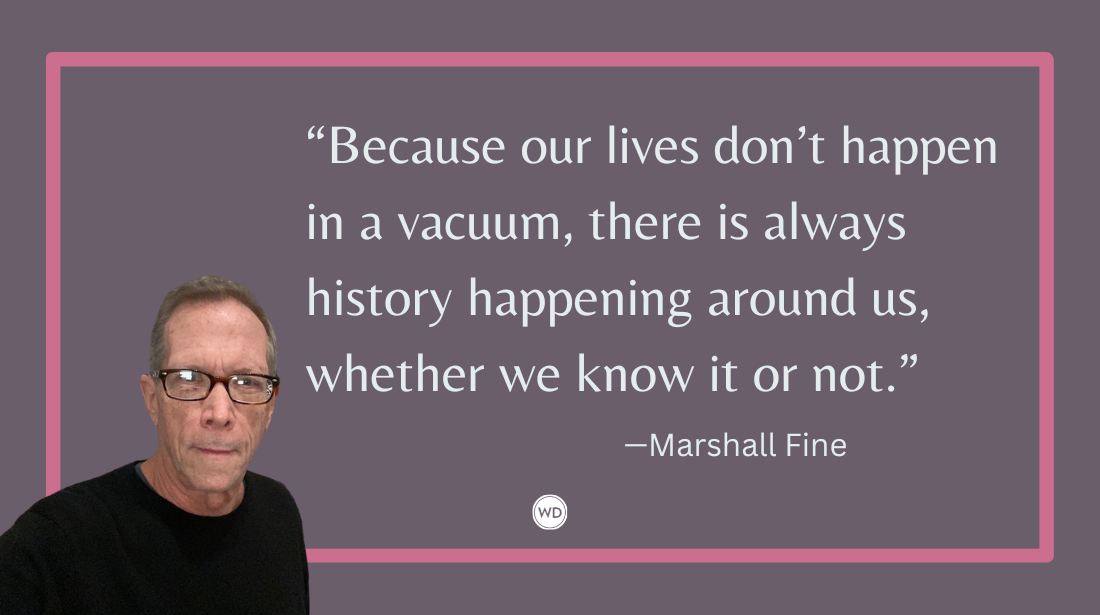The Appeal of Genre Smashing for Readers and Writers
Author James Zwerneman breaks down the appeal of genre smashing for readers and writers, citing several successful examples.
When I started writing Uruk: A Novel of the First City, I wasn’t thinking about genre. Certainly not of mixing genres to create something unconventional. As usual, I was just following my internal homing system, like a bird flying south for the winter without consciously knowing why. Like most authors, I was pursuing whatever my artistic conscience felt was right. So when I arrived at a draft that looked like two big genres smashed together, I worried how to pitch it.
At first glance, Uruk seems an open-and-shut case of historical fiction. It’s set in a real place, a gritty version of Ancient Mesopotamia. It also focuses on a historically significant period, the Neolithic Revolution, when tribes abandoned their hunter-gatherer lifestyles to farm and build the first cities. I researched the period heavily, looking for interesting details. Did you know, for instance, of a technique called “persistence hunting,” in which teams chased an animal all day in relays until it overheated and collapsed? Or that ancient Sumerians were master irrigators, rerouting entire rivers to feed their crops? Finding a wealth of these details, I happily layered them into the world of Uruk, both to add interest and to increase the ring of truth.
However, a closer look at the story also revealed elements native to low fantasy. This is a genre which, according to one blog, is “…almost better [called] intrusion fantasy, where elements of the fantastical are ‘intruding’ on the realistic world.”[1] For context, Game of Thrones has often been called low fantasy, with its strong echoes of the Wars of the Roses and only the occasional intruding dragon. High fantasy, on the other hand, boasts classic examples like The Lord of the Rings and The Chronicles of Narnia, with worlds entirely unlike ours. In high fantasy, “you might see giants and unicorns living side by side, using their magic to handle mundane daily problems.”
Uruk flirts with a few low fantasy elements. Its heroes sometimes have mystical experiences with Mesopotamian gods, and fall just shy of being mythical heroes themselves. One, an ex-thief named Ta, becomes a Moses-like prophet who leads his people through storms, battles, and floods of Biblical proportions. Another, a genius girl named Ki, is so brilliant that she drives the development of the region by inventing agriculture, irrigation, bronze age weapons, and mud-brick city walls in one lifetime instead of over thousands of years, the way it probably occurred. Indeed, the feats of these two become so renowned that tribal storytellers weave them into real-life cultural myths like the Sumerian Epic of Gilgamesh and the Akkadian Legend of Sargon the Great.
I have long felt that “genre smashing” can yield powerful effects, much like the Large Hadron Collider at CERN in Switzerland does when it crashes particles together at high speeds to gain insights into the fundamental forces of the universe. The power of this technique first became apparent to me while watching The Talented Mr. Ripley, an adaptation of Patricia Highsmith’s most famous novel. The film stars Matt Damon in one of his best performances, along with Jude Law, Cate Blanchett, Gwyneth Paltrow, and the great Philip Seymour Hoffman in a side role (it’s really quite good). Going into the film blind, with no expectations, I felt for the first hour that I was living comfortably in a modernist literary story in the vein of F. Scott Fitzgerald’s Tender Is the Night or Hemingway’s The Sun Also Rises. All the elements were there. Young good-looking Americans vacation in Europe, drinking copious amounts of fine liquor, eating delectable food, and bathing at one fashionable beach after another. As expected, they banter and flirt and betray each other, and betray themselves, usually with an elegantly phrased riposte or two.
But suddenly, in the middle of Ripley, the register switches. Two characters sit alone in a rowboat in yet another picturesque Italian bay…and start saying things a bit too true, a bit too painful. Abruptly one character stands up and swings an oar. In the blink of an eye, the white gunwale is red with blood. And the murderer is weeping and hugging the victim’s head to his chest, while around him the world, vast and silent and blue, rocks up and down with the waves. I found myself stunned. Not only because of the blood. But because I was no longer safely in the genre of modernist literary fiction, with its expected sadnesses and small epiphanies. I was now in a crime story, or a psychological thriller…or, more accurately, in a Patricia Highsmith novel. The “pasteboard mask” of the world (as Ahab calls it in Moby-Dick) had been punctured, leaving me in a realm far deeper, with infinitely more possibilities. Wherever I was, I wasn’t in Kansas anymore.
And that’s true to life, isn’t it? Haven’t our own lives switched genres many times? The Pulitzer Prize winning play Long Day’s Journey Into Night, by Eugene O’Neill, illustrates this when one of the main characters recalls the Romance Story of her youth. “Then in the spring something happened to me,” reflects Mary Tyrone, a character based on O’Neill’s own mother. “Yes, I remember. I fell in love with James Tyrone and was so happy for a time.” But by the end of the play, it becomes clear that her romance genre days are lost to her forever. Now she is aged and sad, a morphine addict and insomniac haunted by the failings of her family and herself. She exists in the genre of literary tragedy, in which she must utter heartbreaking lines like this: “None of us can help the things life has done to us. They’re done before you realize it, and once they’re done they make you do other things until at last everything comes between you and what you’d like to be, and you’ve lost your true self forever.”[2] In the same way, haven’t our lives skipped from adventure story to romance to comedy to travel story… even to horror, suspense, or cautionary tale from year to year?
In my MFA Fiction program at UC Irvine, my writing professor Ron Carlson challenged us to surprise ourselves in our stories. “If you get what you expect, it isn’t good enough.” The act of “genre smashing” can help us meet that exhortation. Take the novel Watership Down. It starts with what seems like a Beatrix Potter-inspired children’s fantasy about rabbits looking for a new home, then elevates it into an Aeneid-esque epic full of violence and sex and rabbit mythology and heartache. The seeming incongruity of the childish elements with the adult startles us into paying attention. 1984, while primarily a piece of political fiction, also gives its main character dream sequences that seem prophetic, such as visions of the “Golden Country,” which haunt Winston before he even visits it—almost as if George Orwell is suggesting, very faintly, that the Party’s maniacally controlled reality is not the final word. Then there is Jurassic Park, one of my favorite novels by Michael Crichton, the great pioneer of the techno-thriller. Did you know that at the end of the book, the character Ian Malcolm, dying from T-Rex bites, has a near death experience? “Don’t care about…anything…,” he says. “Because…everything looks different on the other side.”[3] To me, this intrusion of spiritual fiction (or fantasy, depending on your worldview) deepens Crichton’s world invaluably, making it more truly echo our own with its layers of change and mystery.
Do all genres smash well together? Which pair best? Worst? And do any pairings remain underexplored (leaving the entrepreneurial storyteller a potential gold mine to claim)? I’d love to read a deeper study of this topic. As one would expect, most genres seem to benefit from additional literary fiction elements. The genre’s focus on deep characterization and crafted prose—as in Cormac McCarthy’s Western masterpiece Blood Meridian—usually just means “better,” perhaps disqualifying it as a distinct genre for our purposes. On the other hand, some genre elements can feel overpowering. Throwing aliens into the fourth Indiana Jones movie jarred so badly with the more spiritual elements of the earlier installments that even Indy couldn’t make it work. From this, a formula might be deduced: Pairing two genres is good company; three is a crowd.
Luckily for Uruk, pairing historical fiction with low fantasy has a good track record. Successes like The Seventh Seal, Outlander, and Interview with a Vampire bear this out. What makes the combination work? Perhaps we, like ancient cultures, feel there is more to this world than what the eye—or the microscope—can capture. A world with every corner of it explored, explained, leaves us unsatisfied. A “sense of mystery” is needed. According to novelist Flannery O’Connor in her fine book Mystery and Manners: “The type of mind that can understand good fiction is…the kind of mind that is willing to have its sense of mystery deepened by contact with reality, and its sense of reality deepened by contact with mystery.”[4] Maybe that is why my internal homing system led me to this version of Uruk. I suppose in November, when the book comes out, readers will let me know how well the experiment worked.
Check out James Zwerneman's Uruk here:
(WD uses affiliate links)
[1] Lauren Donovan, “High Fantasy vs Low Fantasy: A Quick Guide,” The Book Foundry (blog), https://www.bookfoundryediting.com/blog/high-fantasy-vs-low-fantasy-a-quick-guide
[2] Eugene O’Neill, Long Day’s Journey into Night, Yale University Press 2014
[3] Michael Crichton, Jurassic Park, Ballantine Books, 2012
[4] Flannery O’Connor, Mystery and Manners, Farrar, Straus and Giroux, 1970









